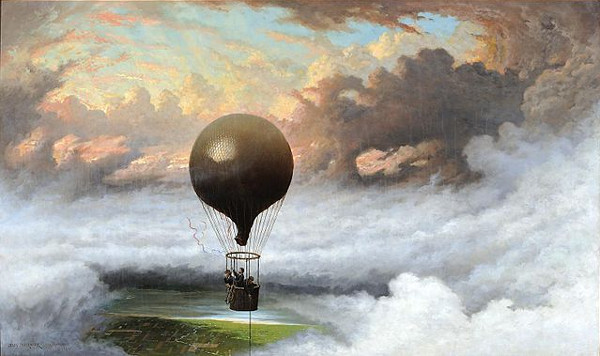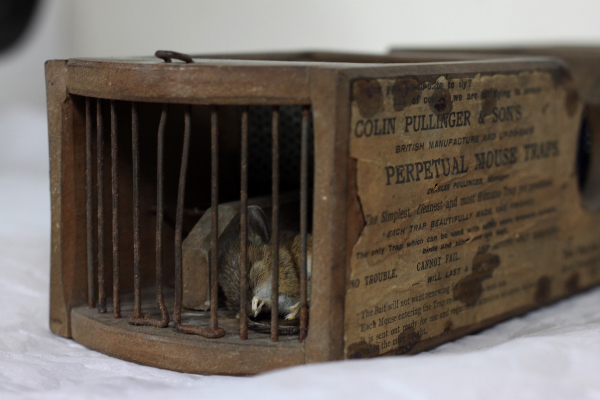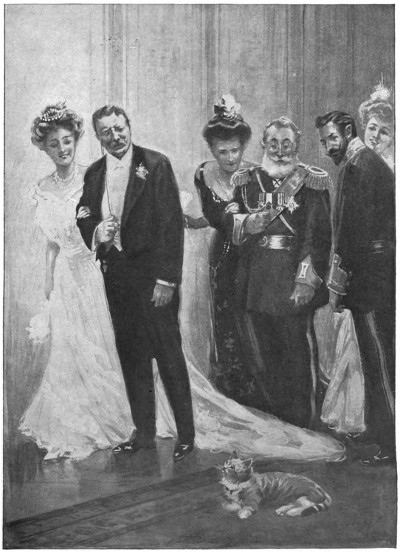Further excerpts from the notebooks of English belletrist Geoffrey Madan (1895-1947):
“Worldly faces never look so worldly as at a funeral.” — George Eliot
Wit is a new and apt relation of ideas: humour, of images.
Use of words “vision” and “supremely” an infallible sign of the uneducated.
“No great country was ever saved by good men, because good men will not go the length that may be necessary.” — Horace Walpole
“Precautions are always blamed. When successful, they are said to be unnecessary.” — Benjamin Jowett
“Some speak and write as if they wanted to say something: others as if they had something to say.” — Archbishop Richard Whately
“A rose has no back.” — Chinese reply if you apologize for turning your back
Reasonable to ask young people to be adventurous, to go to the North Pole, say: but religion asks them to start off, without being sure if there is a North Pole.
Three pieces of earnest advice from the Revd. H.J. Bidder, aged 86, after sitting silent, with a crumpled face, all through dinner, and once loudly asking the man opposite who I was:
1. Never drink claret in an East wind.
2. Take your pleasures singly, one by one.
3. Never sit on a hard chair after drinking port.









